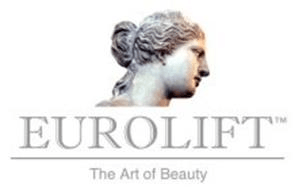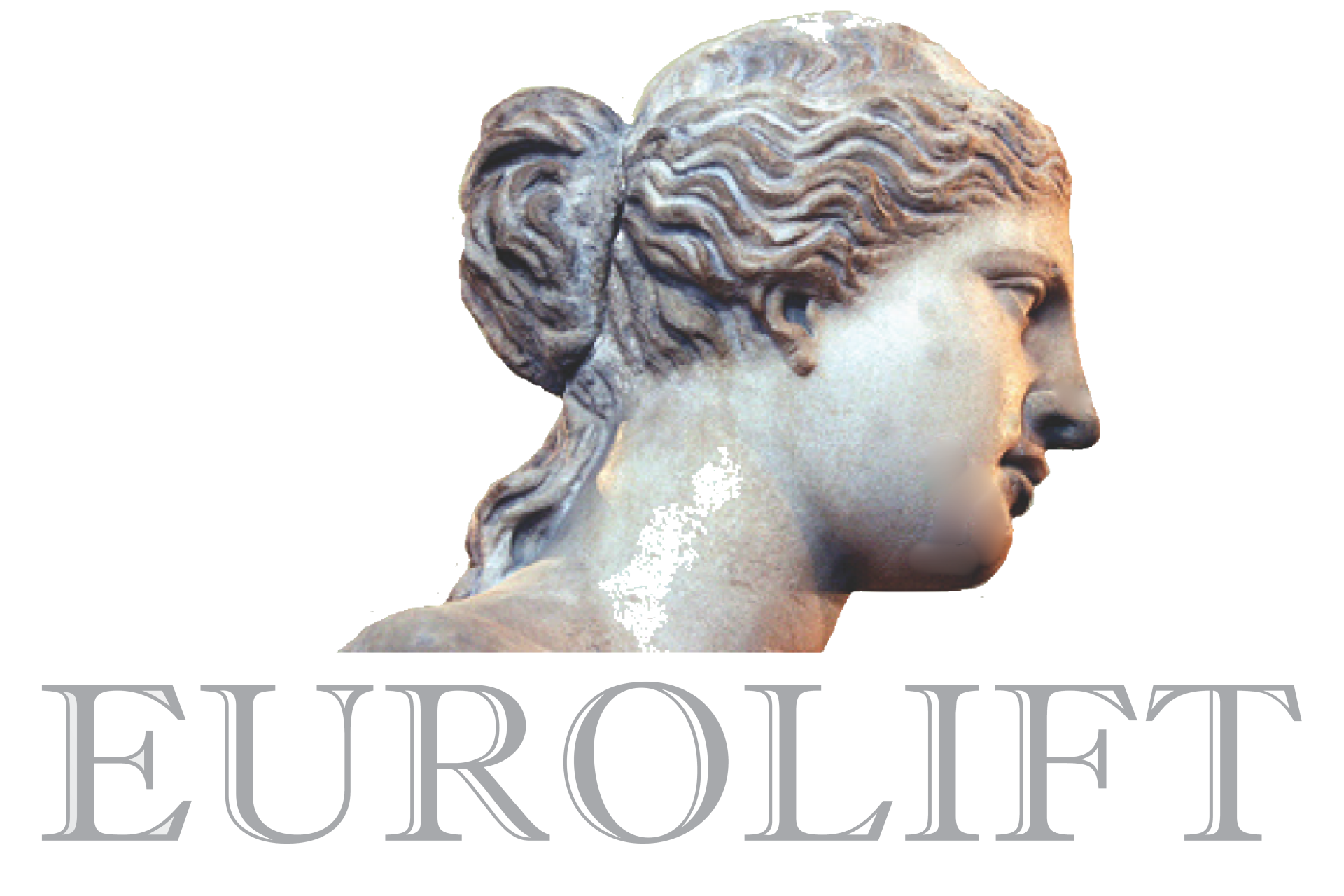Eurolift
the Art of Beauty
Frequently Asked Questions (FAQ)
-
How is the Eurolift™ performed?
An incision is discreetly placed along the sideburn area, behind the tragus of the ear, and beneath the earlobe. The skin and underlying tissue—specifically the SMAS (superficial musculoaponeurotic system)—are gently tightened, and excess skin is removed to restore natural contours.
-
Who is an ideal candidate?
The Eurolift™ is ideal for individuals aged 30 to 80+ with moderate to advanced skin laxity in the lower face—such as sagging in the cheeks, jawline, or under the chin. Both men and women can benefit from this innovative, natural-looking lift.
-
How is the Eurolift™ procedure different from a facelift?
Most "traditional" facelifts are performed with general anesthesia and involve multiple weeks of downtime and a long incision beginning at the upper temple and extending behind the hairline on either side of the face to the nape of the neck. Due to the length of the procedure and the type of anesthesia, there is an increased risk of complications which also include isolated and/or permanent hair loss.
The Eurolift procedure is performed under local anesthesia or with twilight sedation, and takes about one hour to complete. The smaller incision and shorter surgical time results in less swelling and bruising and a shorter recovery period. Most people who have the Eurolift™ on a Friday can easily return to work the following week.
-
Is the Eurolift procedure a proven medical procedure?
Yes. Variations of the Eurolift procedure have been performed for more than 30 years. Doctors from around the world have been doing variations of this procedure with great success; however the recover time and results vary with each doctor and each patient.
-
Will the scars be noticeable?
Most patients who have followed post-op care instructions say the scar lines are virtually undetectable once healed. Dr. Marcinkas uses a "bevelling" technique when making the incision to encourage natural hair growth along the sideburn, further concealing the scar line.
-
What is the recovery like?
Because the Eurolift™ is less invasive than a traditional facelift, most patients experience only minimal swelling or bruising. With a low risk of complications, many are back to normal activities within a few short days.
-
What type of anesthesia is administered?
The Eurolift procedure is performed with local anesthesia or twilight sedation, both of which make the procedure painless and minimize the chance of complications. Oral pre-medication is generally recommended to help relax the patient.
-
How long will the results last?
Results can last up to 15 years or longer, depending on individual factors such as skin type, sun exposure, and genetics. Many patients notice a dramatically rejuvenated appearance almost immediately.
-
Are there any risks associated with the Eurolift procedure?
As with any surgical procedure, no matter how minor, there are associated risks. However, refraining from smoking and carefully following the pre-and post-surgical instructions will reduce the likelihood of complications.
-
How do I know if the Eurolift procedure is right for me?
If you are a healthy male or female between the ages of 30 and 80+ years of age and you have mild to moderate skin looseness in the lower region of your face (lower cheeks, jaw line, under your chin), the Eurolift procedure may be appropriate for you.
If you would like to learn more about the Eurolift procedure, we encourage you to schedule a consultation with a consultant at one of our offices near you. Just call 1-800-715-6299 to schedule your no-cost consultation.

